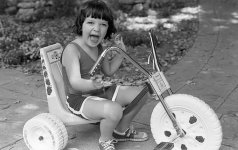wray
Well-known
This UK based company, Cybia, offers free plugins for Photoshop to simulate b&w filters:
http://www.cybia.co.uk/fotomatic.htm
Just click on digital photography at the top of the page. At the drop down menu select Fotomatic and download away! Enjoy!
http://www.cybia.co.uk/fotomatic.htm
Just click on digital photography at the top of the page. At the drop down menu select Fotomatic and download away! Enjoy!






